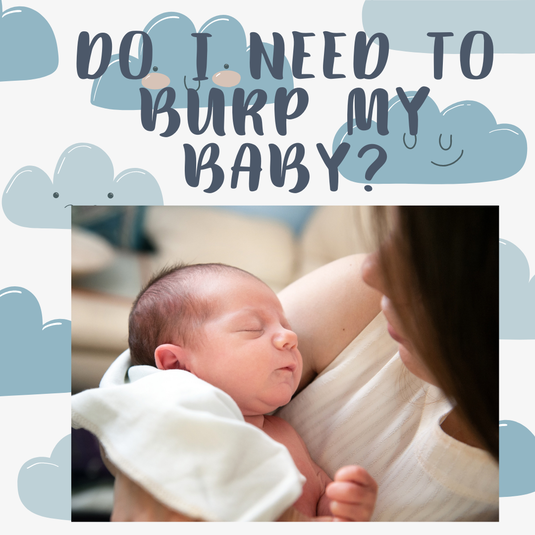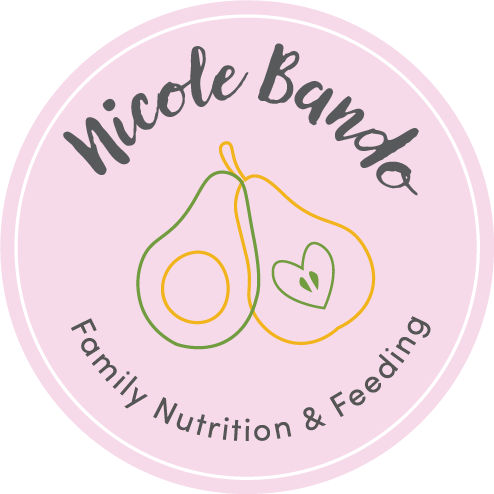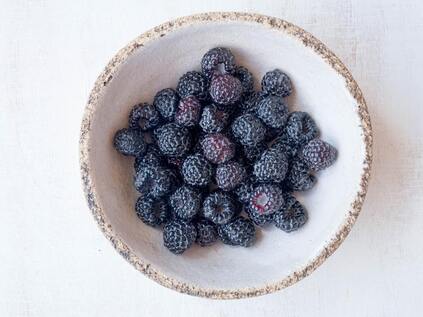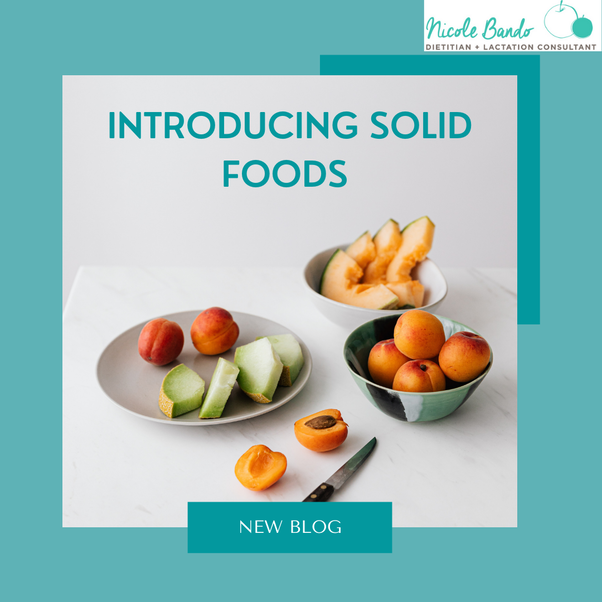
It depends. As a Melbourne lactation consultant, this is one of the top questions I am asked by lovely new mums about their beautiful newborn babies.
A breastfed baby takes in less air than a bottle fed baby & will generally bring up a burp in any position, without assistance. If your baby seems unsettled during or after a feed, try burping bub for a few minutes to see if it helps. If baby is settled, don’t worry about it – trying to burp a settled baby can lead to an unhappy baby!
A bottle fed baby may take in more air during feeding. Help your baby control the milk flow with ‘pace feeding’. Use a narrow neck teat, hold bub quite upright, hold the bottle horizontally and give breaks during feeding (see video link below). If baby is unsettled, burp during the feed or after. There is no evidence for/against burping; one small powered Indian study showed no significant reduction in colic in newborn babies who were burped.
When it comes to baby, there are no special rules – always look to baby for cues as to what they may need & follow your own instincts. If your baby is fussy during breastfeeding or bottle feeding, a session with a lactation consultant may help.
https://education.possumsonline.com/video/about-paced-bottle-feeding-renee-keogh




